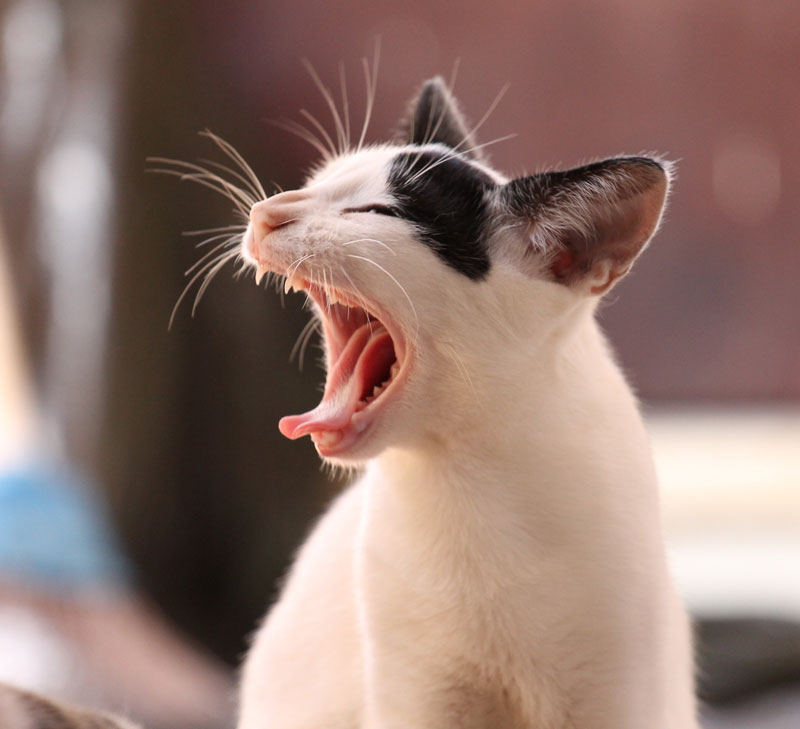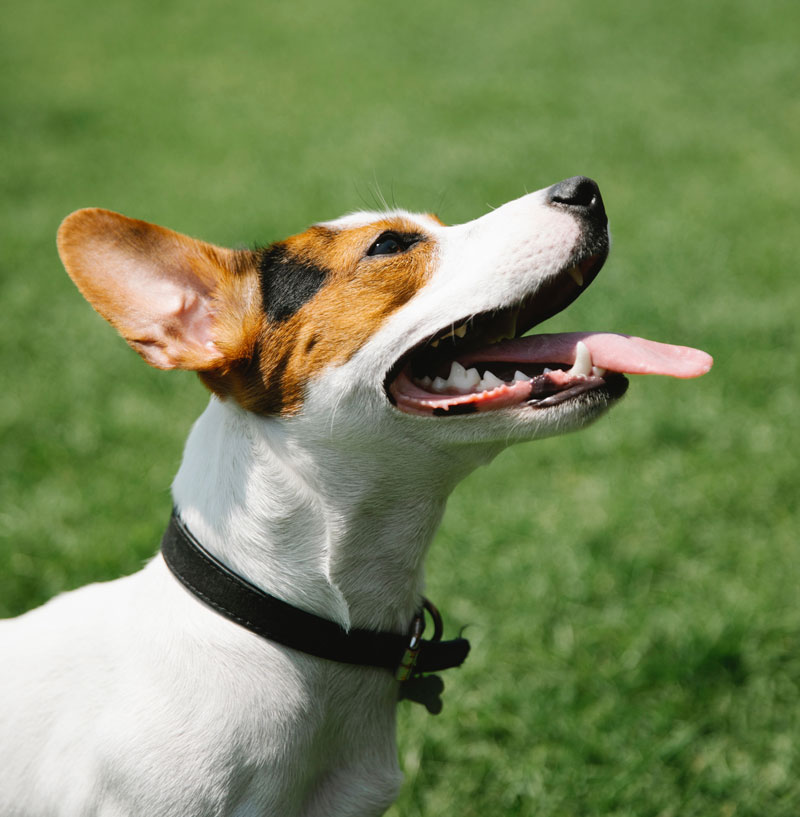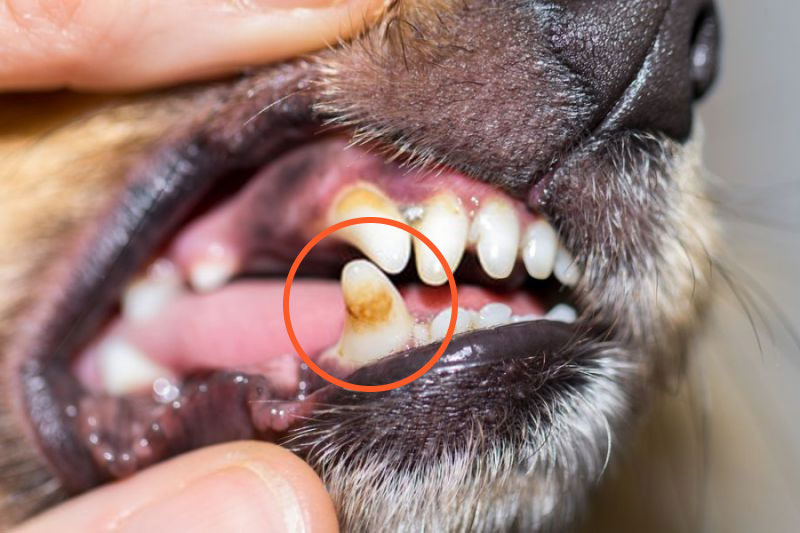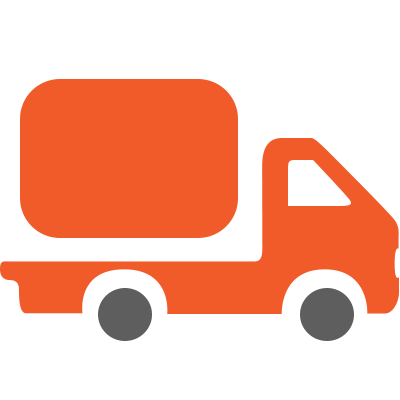Checking your Pet's Teeth
Why should I check my pet's teeth?
Many dogs and cats by the time they are 5 have plaque build-up on the gums. The bacteria that causes plaque can reap all kinds of havoc on your pets' body (not just the mouth). What this condition does to your pets' mouth is irreversible, often resulting in receding gums and rotting teeth. Typically, dogs and cats that suffer from this disease need extractions additional to dental cleaning.
Periodontal Disease starts at the mouth, however in extreme cases it can affect other parts of your pet's body. It is not uncommon for some pets to experience heart and liver inflammation as a result of the bacteria.
What Pets are at Risk?
All pets can develop dental disease; however some types of dogs are more likely:
- Small and toy breeds
- Dogs over the age of 6
- Cats over the age of 7
How often should I be checking my pet's teeth?
At least once a month, or whenever he or she experiences discomfort or seems 'off'. Prevention is the best practice when it comes to Periodontal Disease, as it cannot be cured, just treated.
How do I check my pets teeth?
Most pets hate having fingers in their mouths, and there's no blaming them. You can make this process easier by keeping some treats nearby so your pet has your full attention - just don't give them any until after you're done.
1. Smell Their Breath
If it smells putrid or foul there could be a problem. Normal doggy breath shouldn't be a reason for concern.
2. Examine the Outside
Check their face, lips, and chin for any kind of swelling, lumps or grazes. Redness could be a sign your pet is rubbing at their face.

3. Look around the gums
Use your fingers to gently lift your pet's cheeks up or down to reveal the teeth. Check the gum line along the front of the teeth to the sides, on both top and bottom of the mouth.
4. Open the Mouth & Check the Teeth
Open your pet's mouth and examine the teeth and gums. You may need to use your fingers to gently pull back on the cheek to show the teeth right at the back.
Tip: This is where it gets tricky - a second person might come in handy to examine while the other manipulates your pet's lips/cheek. If your dog or cat starts to become distressed during this step it might be best to receive assistance from your vet.
You want to look out for:
- Plaque and tartar build up - it looks like yellow, brown or black residue on the teeth
- Bleeding or pus around the gums
- Lumps in the mouth or on the gums
- Redness or swelling around the teeth
- Broken teeth

Talk to your Vet
If anything stands out as being unusual, smelly or dirty, it's always best to consult your veterinarian for further assistance.
Early signs of Periodontal Disease can be treated with a dental clean, change in diet and routine to help alleviate symptoms and prevent bacteria from worsening.
-
Filter By Stock
This category is empty! Please try another category or use our search function to find what you are looking for. If you require further assistance please contact us.








